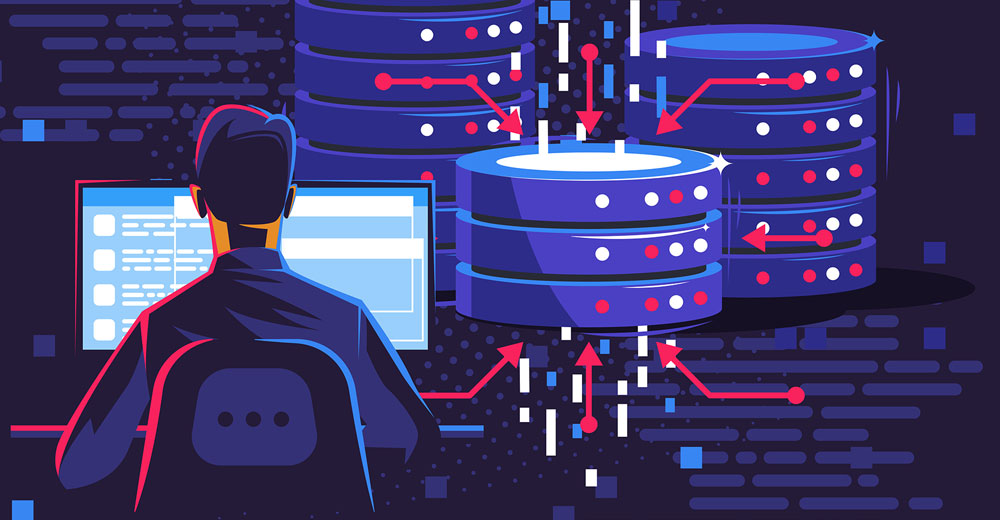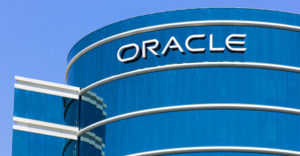How do they do this? That’s all I want to know.
I started my career in database, on minicomputers. The relational database wasn’t exactly fast, but it beat the pants off flat file systems that needed to be periodically dumped to tape and reloaded to…well, don’t ask.
The RDBMS was a quantum leap for computing, though we quickly got used to it and ignored it. The next thing you knew, we were living on PCs, and we wanted raw storage because, well, 10 MB just wasn’t enough.
So, we got more storage on our phones, in the cloud, wherever we needed it. We also continued down a performance curve that always produced snappy applications. There was almost nothing to long for unless you owned and operated terabytes of data that your AI systems needed to turn over incessantly to find that kernel of information that would turn an idea into profit. Lots of profit.
Suffice it to say that the need for faster databases never left us but by this point, nearly fifty years on, you would expect that improvements could be measured by an atomic clock in increments of nano-somethings — and you would be wrong.
MySQL HeatWave Lakehouse
On Tuesday at CloudWorld, Oracle introduced MySQL HeatWave Lakehouse, which it says offers 17-fold faster query performance against Snowflake and 6-fold faster than Redshift on a 400 TB workload.
Snowflake and Redshift are not jalopies racing against a Lamborghini, and 400 TB is not some insignificant pile of zeros and ones, but 17 is a lot of folds. I am not a database guy anymore, just as I can’t play shortstop anymore. However, I can still admire good play.
MySQL Heatwave wasn’t tested against only relational data. The queries in question included multiple file formats, including not only CSV and Parquet but also Aurora and Redshift.
The product won’t be generally available until sometime in the first half of calendar year 2023, but it is in beta right now. Beta customers are using MySQL HeatWave in high-demand areas like real-time analysis of advertising campaign performance.
Oh, is that all?
Another Tech Renaissance
Yes, there’s lots of R&D built into this product and years of work by teams of people. Nonetheless, to arrive at a moment when you can announce and appreciate its significance is impressive. Most impressive is that nearly 50 years after the introduction of SQL, somebody, anybody, could continue to up the game. Information is the game we all play these days, and data manipulation drives it all.
Related Resource: Implementation of a New CRM Should Be Easy | Zoho CRM
Moore’s Law, that computing power would double about every year and a half, decayed a long time ago. Today it’s more like a doubling time of five years. The MySQL Heatwave announcement should be viewed in this context.
New hardware generations always drove better database performance — until they didn’t. Yet we are still finding ways to derive information faster than before, even if hardware is not accelerating data the way it once was.
This suggests to me that we might be in another technology renaissance, the kind that we last saw about twenty years ago when cloud computing first began.



























































